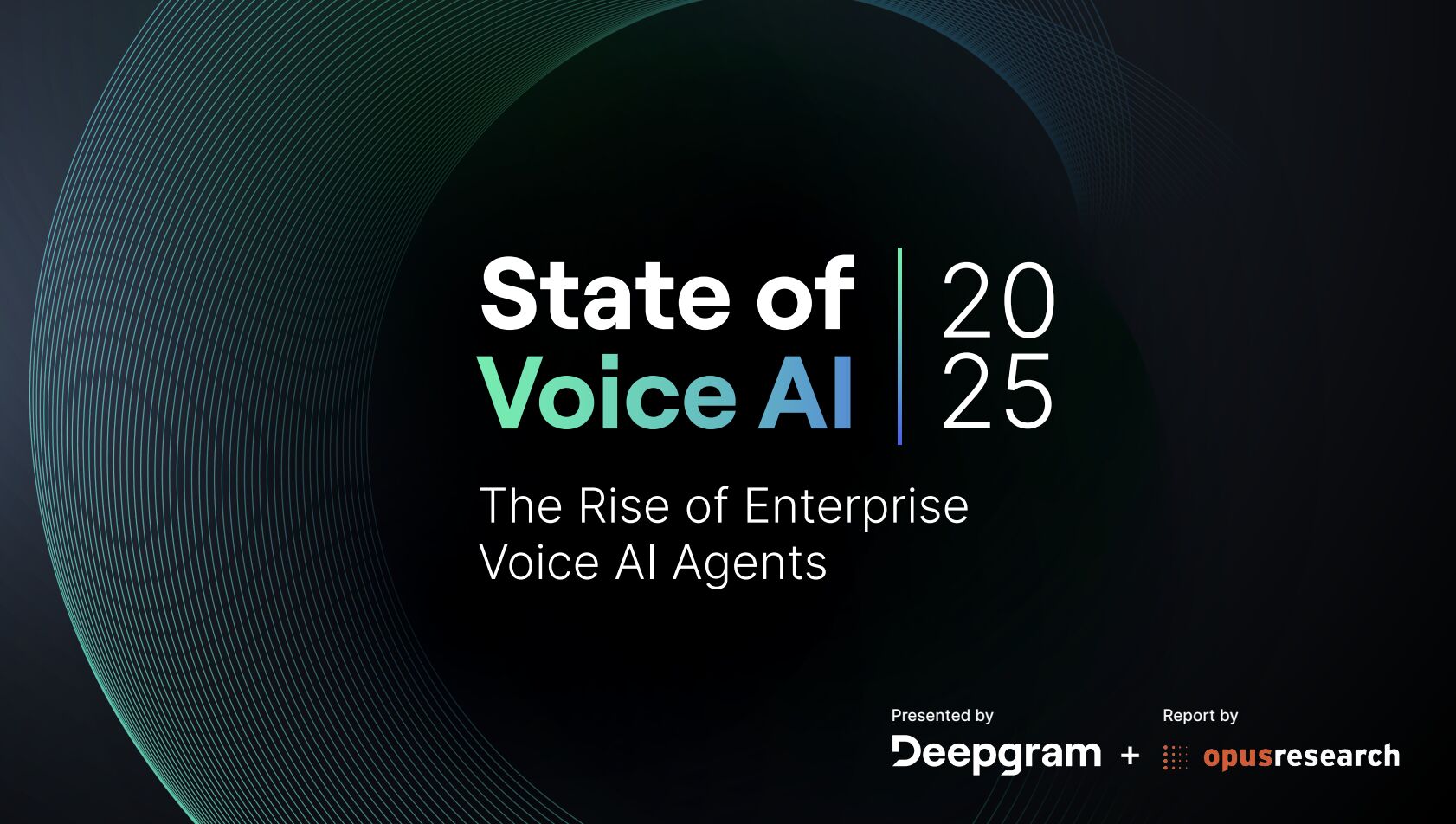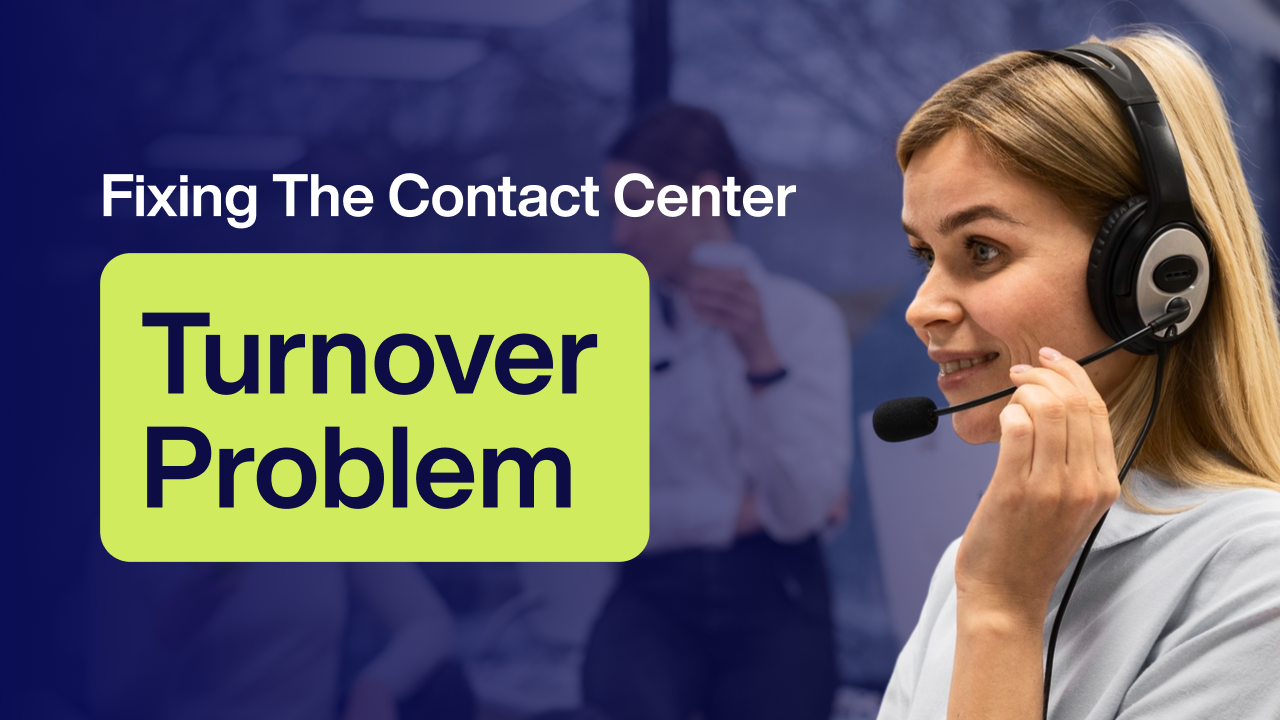Building a Resilient FQHC Workforce: Tackling Burnout and Turnover

Introduction
Federally Qualified Health Centers (FQHCs) are essential to underserved communities, yet their workforce faces significant challenges. Burnout and turnover plague staff, with a 2024 National Association of Community Health Centers (NACHC) survey revealing that 68% of FQHC employees report high stress, and turnover rates average 20-25% annually. These issues stem from heavy workloads, administrative burdens, and limited resources, threatening care quality and financial stability. Artificial intelligence (AI) offers practical solutions by streamlining operations and supporting staff well-being, enabling FQHCs to build a resilient workforce. AI-driven tools reduce repetitive tasks, enhance employee engagement, and optimize scheduling, leading to lower burnout, higher retention, and improved patient outcomes. Data shows AI adoption can cut administrative time by 30% and boost staff satisfaction by 25%. This article explores two key AI strategies—administrative automation and predictive workforce analytics—supported by real-world examples. The result? A sustainable, motivated workforce that strengthens FQHCs’ mission to deliver equitable care.
Section 1: AI-Driven Administrative Automation
A critical AI feature for reducing burnout in FQHCs is administrative automation, a process that alleviates the burden of repetitive tasks. Staff often spend hours on documentation, billing, and patient scheduling, contributing to 83% of healthcare workers reporting administrative overload as a burnout driver (American Medical Association, 2024). AI streamlines these tasks using robotic process automation (RPA) and natural language processing (NLP). For example, AI can auto-populate electronic health records (EHRs), generate billing codes from clinical notes, and handle appointment reminders, cutting administrative time significantly.
A 2023 Healthcare Information and Management Systems Society (HIMSS) study found that AI automation reduced documentation time by 35% for healthcare providers, freeing them to focus on patient care. In FQHCs, where staff juggle diverse roles, this efficiency is transformative. AI tools also enhance accuracy in revenue cycle management (RCM), reducing errors that lead to claim denials and rework. For instance, automated claims scrubbing catches coding issues before submission, saving billing staff hours of follow-up. This precision improves cash flow, easing financial stress that exacerbates burnout.
The people impact is profound. By automating routine work, AI allows clinicians to spend more time with patients, boosting job satisfaction—a key retention factor. Front-desk staff, freed from manual scheduling, can engage in meaningful patient interactions, fostering a sense of purpose. Data from a 2024 NACHC report shows FQHCs using AI for administrative tasks saw a 20% drop in reported stress levels. The benefits are clear: lower burnout, higher morale, and a workforce better equipped to handle growing patient demands, ensuring FQHCs maintain care continuity.
Section 2: Predictive Workforce Analytics
Another powerful AI feature is predictive workforce analytics, a process that optimizes staffing and supports employee well-being. FQHCs often struggle with scheduling inefficiencies and uneven workloads, contributing to turnover. Predictive analytics uses historical data, patient volume trends, and staff performance metrics to forecast staffing needs and identify burnout risks. By analyzing patterns, AI can recommend optimal schedules, flag overworked employees, and suggest interventions like additional training or time off.
A 2024 McKinsey study found that healthcare organizations using predictive analytics reduced turnover by 15% and improved schedule adherence by 25%. For FQHCs, this means balanced workloads and fewer gaps in care delivery. For example, AI can predict peak patient times—such as flu season—and adjust staffing proactively, preventing overburdened teams. It also identifies employees at risk of burnout by tracking metrics like overtime hours or missed breaks, enabling managers to act before issues escalate.
The people aspect is central. Predictive analytics empowers staff with transparent, fair schedules, reducing frustration from last-minute changes. It also supports professional development by identifying skill gaps and recommending targeted training, which 70% of healthcare workers cite as a retention factor (HFMA, 2024). Managers benefit from real-time dashboards that highlight team performance and morale, fostering a culture of support. The results are tangible: a 2023 AHA report noted that health centers using AI analytics saw a 22% increase in employee engagement and a 30% reduction in voluntary resignations.
These outcomes translate to cost savings—replacing a single clinician can cost $50,000-$100,000—and improved patient satisfaction due to consistent care teams. By proactively addressing burnout, predictive analytics builds a resilient workforce, ensuring FQHCs can sustain their mission-driven work.
Section 3: Real-World Examples
Real-world cases demonstrate AI’s impact on FQHC workforce resilience. Zufall Health, a New Jersey-based FQHC serving 40,000 patients annually, implemented AI-driven administrative automation to address staff burnout. By integrating AI tools for EHR documentation and claims processing, Zufall reduced charting time by 40% and cut billing errors by 35%. Staff reported a 25% improvement in job satisfaction, and turnover dropped from 22% to 15% within a year. The saved time allowed providers to see 10% more patients, enhancing access to care while boosting revenue—a win-win for sustainability.
Another example is La Clinica de La Raza in California, which adopted predictive workforce analytics to optimize staffing. Facing high turnover among nurses, La Clinica used AI to analyze patient demand and staff workloads, creating balanced schedules that reduced overtime by 20%. The system also flagged burnout risks, prompting wellness programs that increased engagement by 30%. As a result, nurse retention improved by 18%, saving $200,000 in recruitment costs. Patients benefited from shorter wait times, with satisfaction scores rising 15%.
A third case comes from a Michigan FQHC network that combined both AI strategies. By automating administrative tasks and using predictive analytics, the network cut documentation time by 30% and improved scheduling efficiency by 25%. Turnover fell from 24% to 14%, and employee morale surveys showed a 28% increase in satisfaction. The network redirected $150,000 in savings to mental health services, directly benefiting the community.
These examples, supported by a 2024 NACHC study showing AI adoption lowered FQHC turnover by 12-20%, highlight clear benefits: reduced burnout, higher retention, and enhanced care capacity. AI empowers staff to thrive, ensuring FQHCs remain resilient amid resource constraints.
Conclusion
Burnout and turnover need not undermine FQHCs’ vital work. AI-driven administrative automation and predictive workforce analytics offer practical solutions to build a resilient workforce. By cutting documentation time by up to 40% and reducing turnover by 15-20%, these tools alleviate stress, boost engagement, and save costs—$50,000-$200,000 per retained employee. Real-world successes, like Zufall Health’s 25% morale boost and La Clinica’s $200,000 in savings, prove AI’s transformative potential. The results extend beyond staff: a motivated workforce delivers consistent, high-quality care, strengthening patient trust and community impact. As FQHCs face growing demands, AI is a strategic ally in fostering sustainability. Administrators must act now to harness these tools and secure their workforce’s future.
Call to Action: Take charge of your FQHC’s workforce challenges. Evaluate burnout drivers and explore AI-driven automation and analytics to boost retention and morale. Start today to build a stronger, more resilient team for your community.
References
- National Association of Community Health Centers (NACHC), 2024 Survey
- American Medical Association (AMA), 2024 Burnout Report
- Healthcare Information and Management Systems Society (HIMSS), 2023 Study
- McKinsey & Company, 2024 Workforce Analytics Report
- American Hospital Association (AHA), 2023 Engagement Study
- Healthcare Financial Management Association (HFMA), 2024 Retention Survey
No Spam —
Just Good Stuff.
Join our newsletter for actionable advice, insider knowledge, and strategies that drive real results.
No fluff, just value.
%20(1).png)

.png)



























































.png)
.png)
.png)



.png)
.png)
.png)
.png)
.png)
.png)
.png)
.png)
.png)
.png)
.png)
.png)
.png)
.png)
.png)
.png)

















